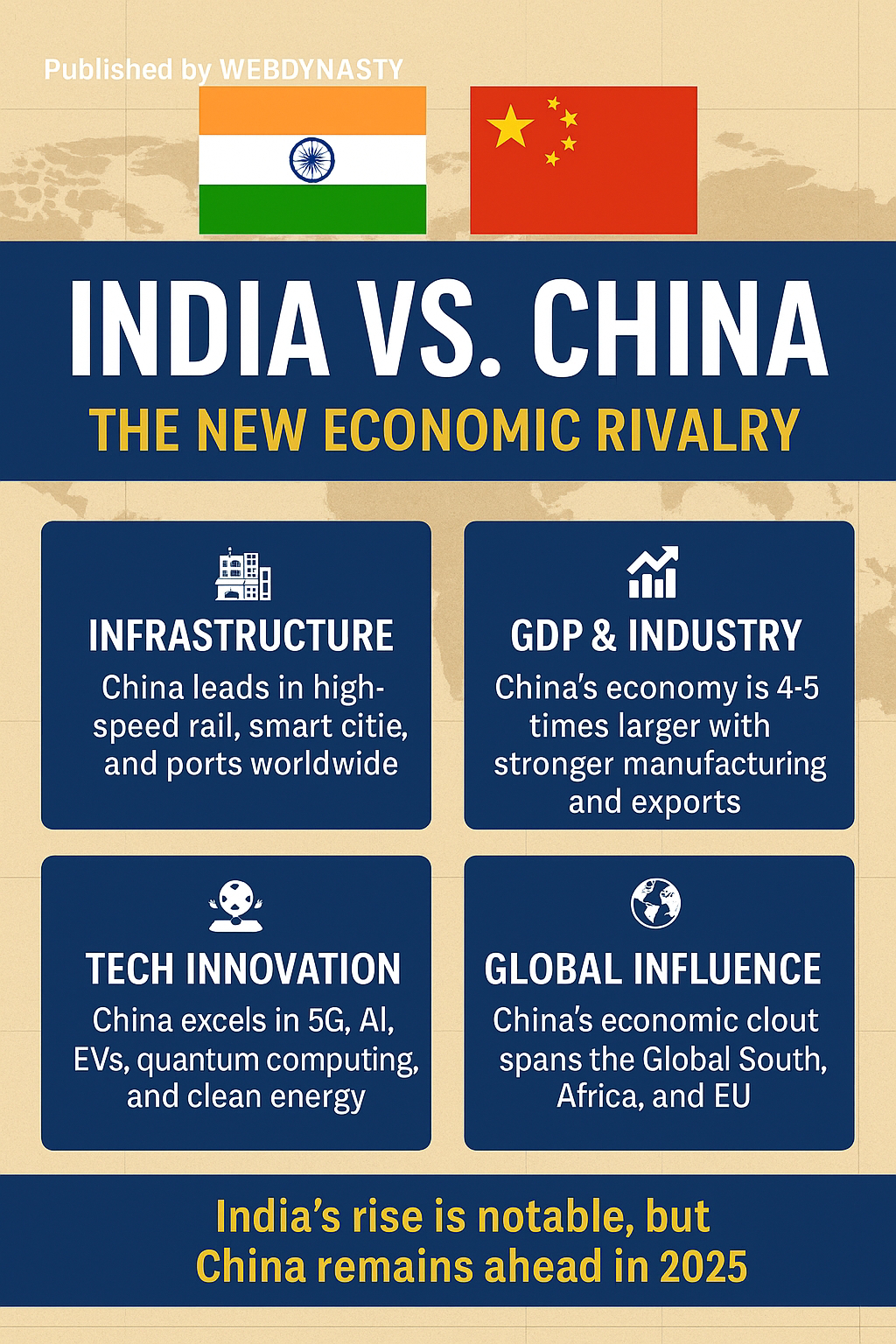The Global Coffee Crisis
☕ The Global Coffee Crisis
Climate Change, Pricing Volatility, and the Future of Your Morning Cup
Published by WebDynasty | Global Markets, Agriculture, Climate
For millions around the world, coffee is more than a beverage — it’s a ritual, a lifestyle, a morning necessity. But behind that comforting cup lies a volatile and increasingly uncertain global supply chain. Climate change, erratic pricing, and shifting consumer demand are pushing the coffee industry into crisis. The future of your daily brew may be far less stable than it seems.
🌍 A Global Commodity Under Threat
Coffee is the second most traded commodity in the world, after crude oil. It supports the livelihoods of 125 million people globally, many of whom are smallholder farmers in countries like Brazil, Ethiopia, Vietnam, and Colombia.
But rising temperatures and unpredictable weather patterns are threatening production. According to a 2022 report by the International Coffee Organization (ICO), up to 60% of coffee-growing land may become unsuitable for cultivation by 2050 due to climate change.
🔥 How Climate Change Affects Coffee
- Increased Temperatures – Arabica, the most popular coffee species, thrives at cool, high-altitude climates. Even a small temperature rise reduces yields and bean quality.
- Pests and Disease – Warmer weather enables the spread of the coffee leaf rust fungus and the coffee berry borer, both devastating to crops.
- Erratic Rainfall – Droughts in Brazil or floods in Colombia can destroy entire harvests and spark price spikes globally.
📉 Case in Point: In 2021, Brazil faced a severe drought followed by an unexpected frost — a rare weather event that damaged 20% of the coffee trees, causing prices to soar by 60% in global markets.
💸 Volatility in Coffee Prices
Coffee prices are historically unstable. Supply shocks from weather, trade restrictions, or transport issues can swing prices wildly. According to World Bank Commodity Outlook, the coffee price index rose nearly 45% from 2020 to 2022.
But these increases rarely benefit farmers. Most small-scale producers remain trapped in poverty, often earning just 5-10% of the retail coffee price. The rest is captured by middlemen, exporters, and multinational roasters.
🌱 Sustainability and the Future of Coffee
Consumers are demanding ethically sourced, sustainable coffee. In response:
- Fairtrade & Rainforest Alliance certifications are on the rise.
- Companies like Nestlé, Starbucks, and Lavazza are investing in climate-resilient coffee varieties and regenerative agriculture.
- Blockchain tech is being used to create transparent coffee supply chains, enabling traceability from farm to cup.
🚀 Innovation and Investment Opportunities
While the crisis poses risks, it also opens the door for innovation:
- Lab-grown coffee (e.g., by Atomo Coffee) aims to replicate the coffee experience with minimal environmental impact.
- AgriTech startups are building weather prediction tools, soil monitoring devices, and AI-based crop management systems.
- Impact investors are funding sustainable farming cooperatives in Africa and Latin America.
☕ What’s Next for Your Cup of Coffee?
Unless climate adaptation and supply chain reforms are accelerated, the quality, availability, and affordability of coffee will continue to decline. Global cooperation, investment in sustainability, and support for small farmers are crucial if we’re to secure the future of the world’s favorite drink.
🔗 References:
- International Coffee Organization (ICO): www.ico.org
- World Bank Commodity Markets Outlook 2023
- Fairtrade International Report 2024
- BBC: “How Climate Change Is Threatening Coffee”
- National Geographic: “The End of Coffee?”





Comments
Post a Comment